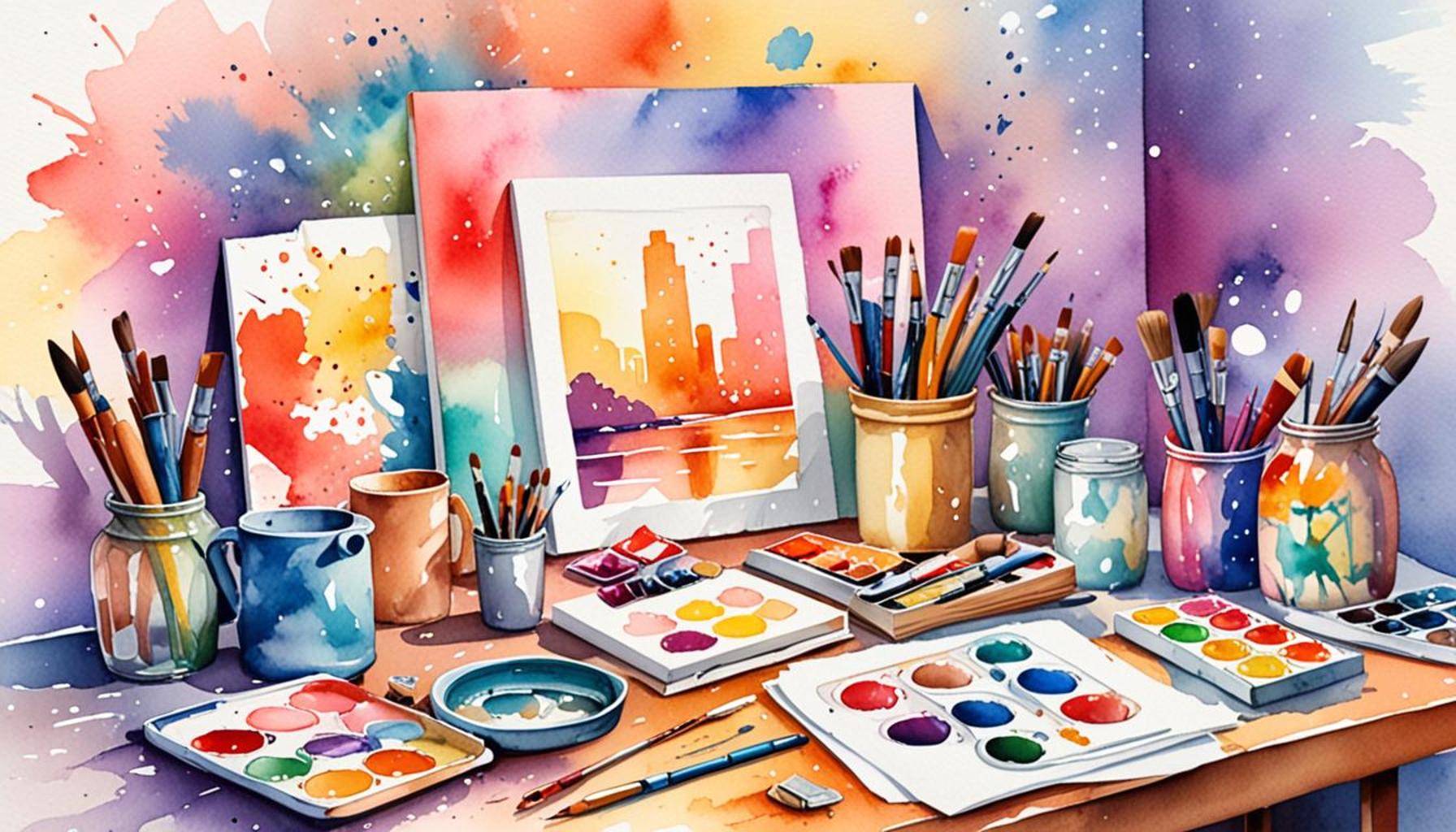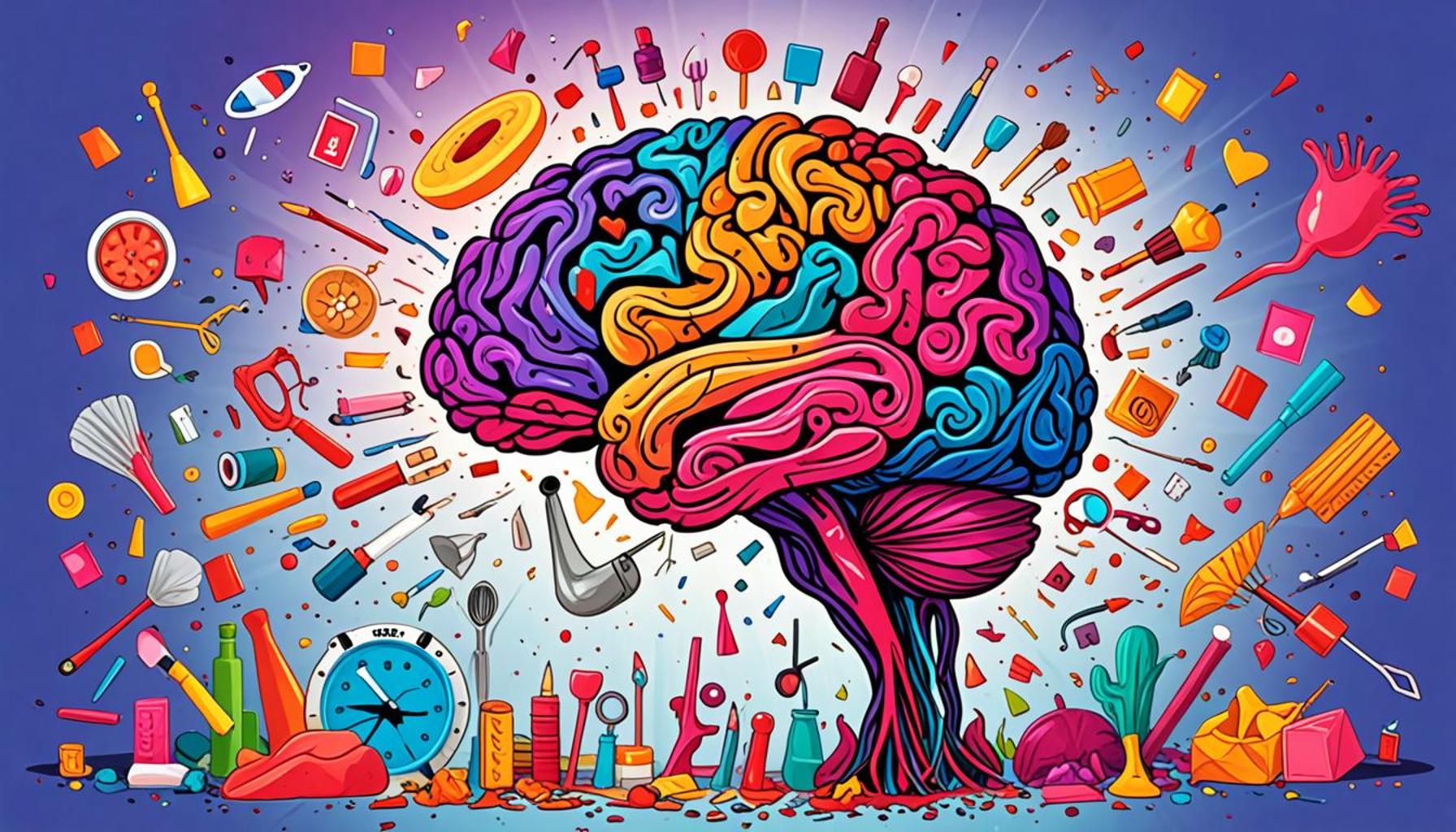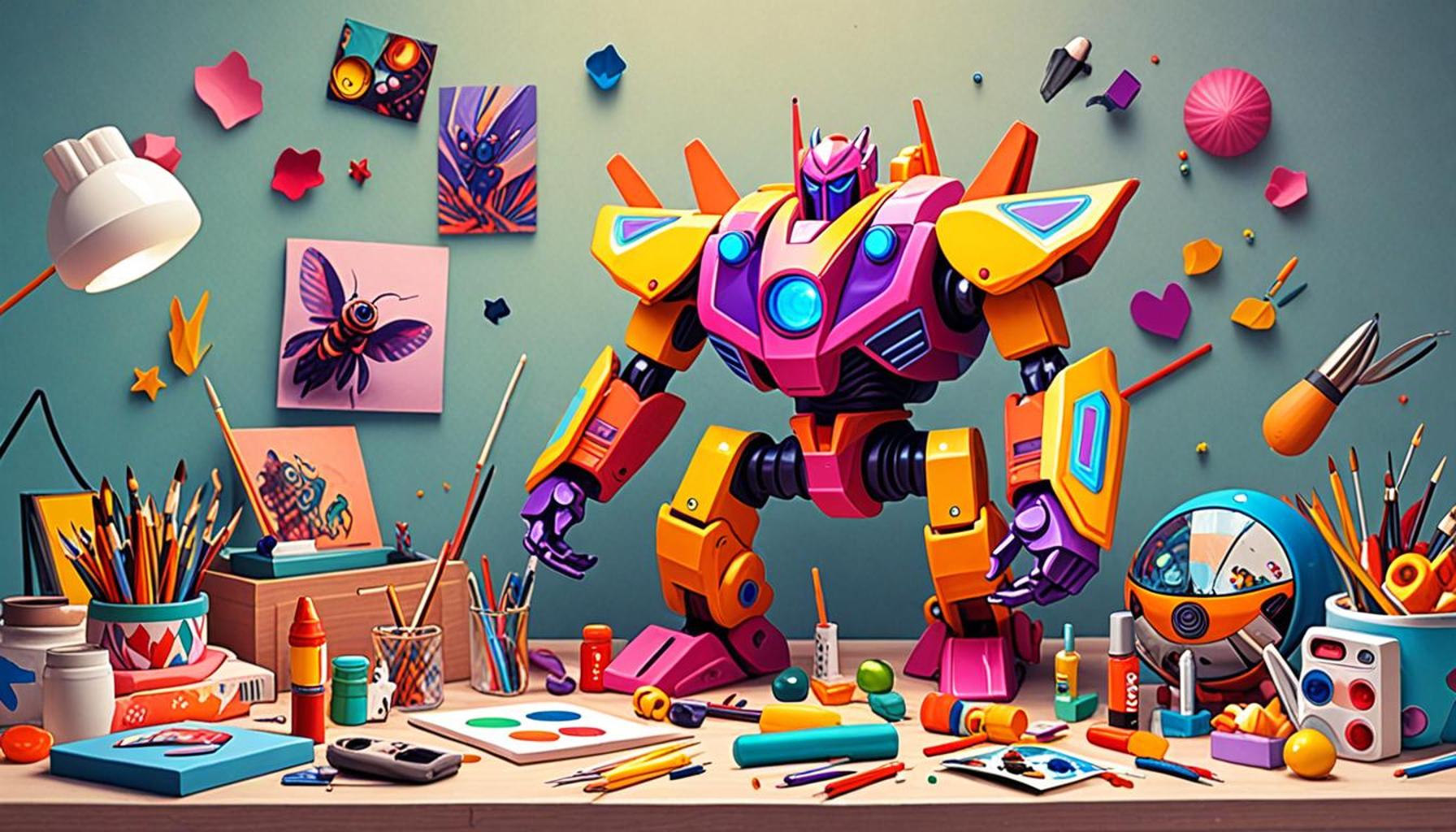Stories Behind the Items: The Emotional and Cultural Value of Collections
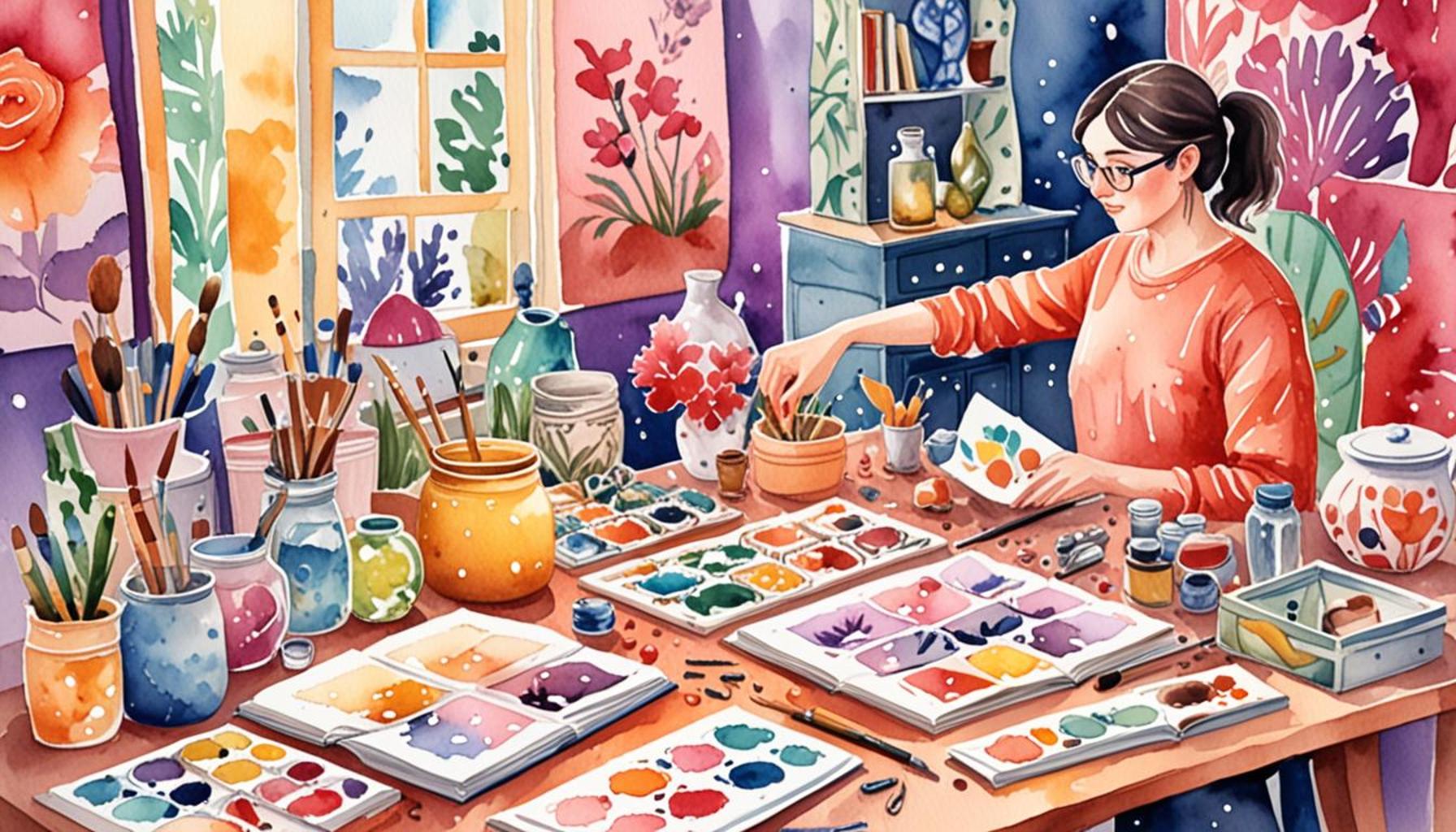
Unveil the Stories Behind the Objects
Every collection tells a story. Whether it’s a vintage toy from childhood or a rare book that shaped a family’s history, these items often encapsulate deep emotional and cultural significance. Beyond their physical presence, collections are windows into personal memories and social contexts that shape our understanding of the past.
But why do people collect? The motivations are as diverse as the items themselves. Here are several compelling reasons:
- Nostalgia: Many items evoke cherished memories of past experiences. For instance, baseball cards from one’s youth can trigger vivid recollections of family games or carefree summer days spent in the park.
- Identity: Collections often reflect personal or cultural identities. A Native American pottery collection, for example, may express pride in one’s heritage and a commitment to preserving traditional crafts.
- Connection: Collecting can forge bonds with others who share similar interests. Joining a local stamp club might lead to friendships that span decades, united by a passion for philately.
From coin collections that illustrate economic history to art pieces that convey cultural movements, the emotional ties to these items are profound. Each artifact not only represents an object but also links to stories of heritage, artistry, and individuality. They become essential pieces of our collective narrative.
Consider these examples of collections with rich stories behind them:
- Antique furniture that has been passed down through generations often carries the scents and sights of familial gatherings, imbued with the laughter and love of those who once occupied the space.
- Stamps depicting significant events, such as the Apollo moon landing, highlight pivotal moments in history that educated and inspired future generations, showcasing the evolution of technology and exploration.
- Sports memorabilia, from jerseys to championship rings, captures the thrill of victory and the heartbreak of defeat. A signed football from a Super Bowl victory can evoke the jubilation shared among fans, becoming a symbol of community and passion.
Diving into the world of collections invites us to explore the rich tapestry of life experiences. These stories are an integral part of our shared cultural heritage, waiting to be unearthed and understood. By valuing these narratives, we encourage future generations to appreciate the rich history that shapes their identities and communities.
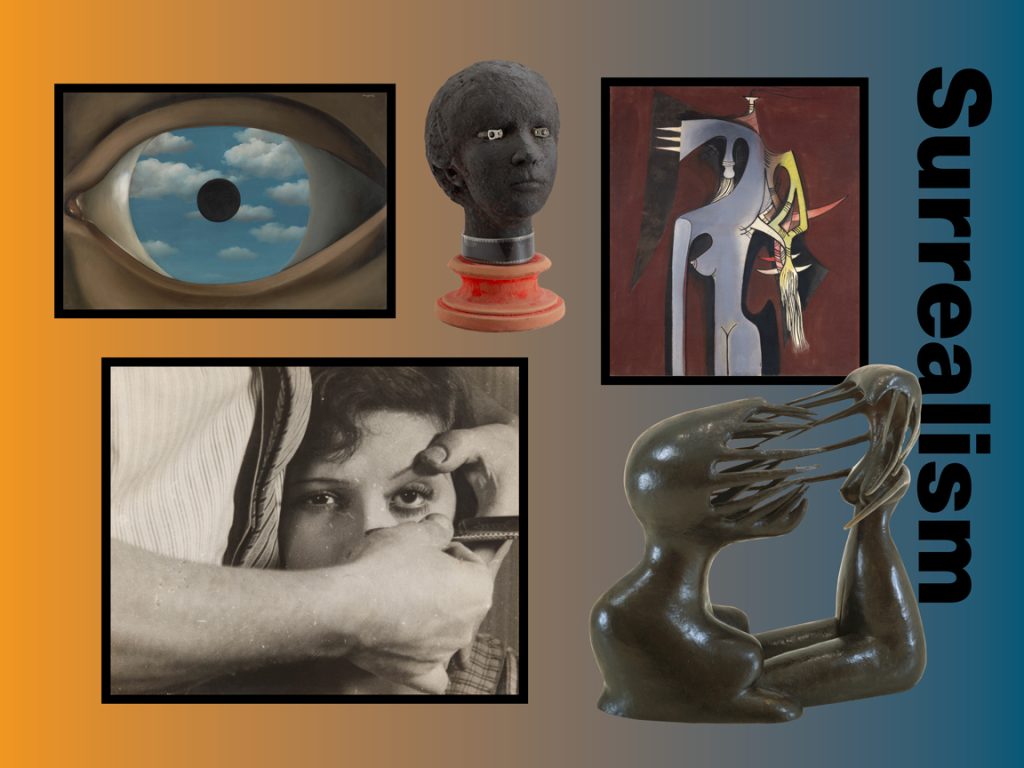
DISCOVER MORE: Click here to enhance your cooking skills
Exploring the Tapestry of Our Lives Through Collections
At the heart of every collection lies a multitude of stories, each waiting to be discovered. These stories weave together personal memories, cultural identities, and even historical moments, creating a rich tapestry that resonates across generations. The experience of collecting fosters a deeper emotional connection to the items themselves and serves as a testament to the role that objects play in our everyday lives.
Collections can be as simple as a handful of postcards from travels or as intricate as a vast array of artifacts from a specific era. Regardless of the size or complexity, every collection enriches our understanding of self and community. For instance, comic book collections have become a passion for many individuals, serving as a portal into imaginative worlds and societal challenges reflected through superhero narratives. These vivid stories reflect not only entertainment but also cultural shifts, as comic books often highlight social issues and the evolution of the American dream.
Consider the phenomenon of vintage vinyl records. The simplicity of a record player brings music enthusiasts together, as they share stories about their favorite albums. The crackle of the needle on the vinyl surface can evoke nostalgia, transporting listeners back to memorable moments tied to specific songs. Here, the collection of records is not merely about the music; it encapsulates experiences, friendships, and a cultural movement that defined generations.
Moreover, the items we choose to collect often illuminate broader societal values and trends. For example, mid-century modern furniture collections reflect the post-war optimism and the rise of design as a symbol of personal expression and cultural refinement. As people acquire pieces that embody the aesthetics of an era, they also engage with a narrative about consumerism, craftsmanship, and the shifting priorities of society at that time.
When we delve into the reasons behind why individuals choose to curate specific collections, we uncover several common themes:
- Preservation: Many collectors feel a responsibility to save pieces of history for future generations. Items like vintage clothing or local artifacts can become vital conduits to the past.
- Education: Collections can serve an educational purpose, providing insight into specific cultural phenomena, artistic techniques, or historical timelines. Documenting and displaying collections helps inform others about their significance.
- Aesthetic Appreciation: Some collectors find joy in the beauty and craftsmanship of the objects, cultivating a sense of aesthetic pleasure and creativity in their lives.
This deeper understanding of our collections highlights the emotional and cultural value they bring, affirming their role as more than mere objects. As we unravel the narratives behind these items, we not only cherish the past but also sustain a connection to our evolving identities and communities.
| Category | Key Benefits |
|---|---|
| Cultural Heritage | Collections uphold traditions and historical narratives, fostering a deep understanding of community identities. |
| Emotional Connections | Items often imbued with personal stories create lasting connections between generations, evoking feelings of nostalgia and belonging. |
| Educational Value | Collections provide powerful learning opportunities and enhance cultural awareness by showcasing the richness of diverse experiences. |
| Inspiration and Creativity | The stories behind items can spark creativity, inspiring individuals to explore art and history through their own unique lens. |
Expanding on the concept of collections brings forth an array of contexts and meanings that inspire a deeper connection to both the items and their backgrounds. The cultural heritage encapsulated in these collections not only preserves life’s narratives but also reflects the diversity of human experience. By exploring the emotional landscapes connected to objects, we can appreciate their value beyond mere aesthetics. Collections serve as bridges that link past and present, allowing us to explore the intricate layers of culture, identity, and human emotion in ways that resonate profoundly within us. As we analyze the wealth of stories these items hold, we recognize their significance as more than just physical manifestations, but as carriers of tradition, memory, and inspiration. This exploration is crucial in fostering a well-rounded appreciation for our heritage and the narratives that define our lives.
DISCOVER MORE: Click here to dive deeper
The Power of Connection: Collecting as a Shared Experience
One of the most fascinating aspects of collection is how it serves as a bridge between individuals, sparking conversations and fostering community. This is particularly evident in the realm of sports memorabilia, where passionate fans meticulously curate collections of jerseys, autographed balls, and vintage trading cards. Such collections often represent not just personal devotion to a team but also the collective spirit of fan culture. These items go beyond mere sports; they invoke powerful memories of shared experiences at games, milestones, and enduring rivalries.
Moreover, the rise of social media and online collecting platforms has transformed the way collectors interact, making it easier than ever to share their passion with others. Online communities devoted to various hobbies, such as miniature painting or coin collecting, allow enthusiasts to discuss techniques, trade items, and showcase their prized possessions. Through these exchanges, collections take on new life, evolving from solitary pursuits to collaborative experiences that strengthen social bonds and cultivate friendships.
The emotional investment in collections can also serve as a mechanism for dealing with loss or significant life changes. In particular, the practice of collecting family heirlooms or replica items can create a tangible link to loved ones who have passed away, allowing individuals to honor their memory while simultaneously preserving family history. An inherited piece of jewelry or a worn-out book can trigger stories passed down through generations, fostering a sense of continuity and belonging in an increasingly fragmented world.
No exploration of collections would be complete without acknowledging the role of cultural artifacts. Items from indigenous cultures, historical documents, and traditional crafts all hold immense value as representations of unique belief systems and rituals. Collecting these artifacts, when done ethically and respectfully, can foster awareness and appreciation of diverse cultures. Institutions like museums play a significant role in this, curating exhibits that tell powerful stories about cultural heritage and societal narratives.
Additionally, the rise of artistic micro-collections has illustrated how even the act of collecting can itself be a transformative and artistic journey. Artists may curate collections of found objects or discarded materials, repurposing them into new, thought-provoking creations. The emotional depth found in these pieces often touches on themes of memory, loss, and renewal. By showcasing the stories behind these items, artists can challenge viewers to reconsider the concept of value—both in terms of the material object and the cultural narrative it represents.
The impact of collecting can also be seen in local cultural festivals centered around community collections. Events like antique shows, craft fairs, and trade expos provide a platform for individuals to buy, sell, and exchange items while celebrating shared interests. Such gatherings highlight the community aspect of collections, as individuals strengthen connections over common passions, reaffirming that collections are indeed valuable not only for their intrinsic content but for the relationships they foster.
The myriad ways in which collections can serve as vessels for cultural exchange and personal expression paint a vivid picture of their significance. As we examine the essence of collecting, we uncover a profound reflection of human experience and identity, revealing the intertwined nature of objects and the stories they carry with them.
DIVE DEEPER: Click here to uncover the art of jewelry-making
Conclusion: The Heart of Collecting
In exploring the intricate tapestry of collections, we come to realize that the stories behind the items are often more compelling than the items themselves. Each piece—be it a vintage record, a rare coin, or a family heirloom—carries an emotional weight that reflects personal histories, shared experiences, and cultural narratives. Collections serve not only as repositories of memories but also as vital threads connecting individuals across generations and diverse backgrounds.
The phenomenon of collecting can transform from a solitary pastime into a vibrant manifestation of community and belonging. Engaging with fellow enthusiasts fosters connections, nurtures friendships, and cultivates an appreciation for the cultural contexts that enrich our lives. Collectors of all types are not merely hoarding objects; they are preserving legacies, advocating for ethical stewardship of cultural artifacts, and contributing to a communal narrative that defines who we are as a society.
As we delve deeper into this theme, it becomes clear that the emotional and cultural value of collections extends far beyond simple transactions. Whether discovered in local antique shops or highlighted in museum exhibitions, these items invite us to investigate our own identities, challenge our perceptions of worth, and celebrate our shared humanity. Ultimately, each collection is a personal journey, a testament to the enduring power of stories that unite us all.
In a world increasingly driven by impersonal digital interactions, taking pause to appreciate the significance of collections can be a transformative experience. By acknowledging the stories behind our cherished items, we embrace an opportunity to reflect on our past, enrich our present, and inspire future generations to carry forth these narratives. It is an invitation to invest in the enduring human connections that make life worthwhile.
